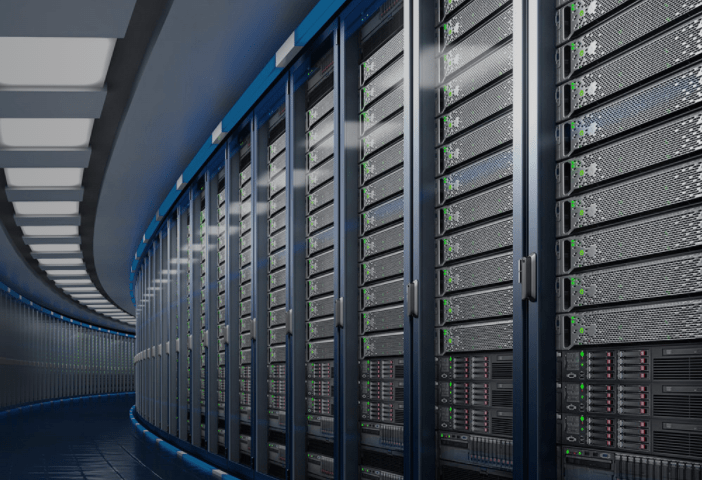The increase in data traffic requires a greater data bandwidth in the world, highlights the company Credo Technology Group Holding.
Participants throughout the data infrastructure ecosystem require higher performance connectivity solutions.
Credo Technology sees this demand led by hyperscalers, whose position at the nexus of data infrastructure aggregates the incremental surges at the edge of the network, quickly followed by demand from 5G operators.
Additionally, as the industry develops and bandwidth requirements proliferate, the company expects to see these same dynamics spread more broadly, driving greater adoption across enterprise, HPC and consumer applications.
Hyperscalers, which are companies with the ability to seamlessly provision and add compute, memory, network, and storage resources to a given node or set of nodes that make up a larger computing, distributed computing, or grid computing environment, they are one of the main drivers of demand for high-speed, low-power connectivity solutions.
By 2025, 650 Group forecasts that hyperscalers will purchase 39% of Ethernet switches sold to the data center market, up from 25% today.
Data traffic
The company expects hyperscalers to increase their bandwidth requirements as technological advances allow single-lane data speeds to accelerate from 25G to 50G to 100G and beyond, driving link speeds to 100G, 200G/400G and 800G+.
Additionally, 650 Group estimates that total Ethernet ports in the data center will grow at a CAGR of 6% between 2020 and 2025, with higher speed switches capturing a greater proportion of ports overall.
At the same time, 650 Group estimates 400G and 800G switches to grow at a CAGR of 49% over the same period.
Credo Technology believes that it is well positioned to benefit from the strong secular tailwinds driving the data infrastructure market, which is being driven by several factors.
Prominent among these factors are cloud workloads, which are already huge and expanding, the proliferation of video streaming, 5G wireless deployment, the expansion of the Internet of Things (IoT), and the growing adoption of intelligence. artificial are creating a data explosion, which is straining the existing data infrastructure and forcing paradigm shifts from the transistor to the system level.
According to the International Data Corporation, the amount of data created, captured, copied and consumed in the world is expected to increase approximately 2.8 times, from 64 Zettabytes (ZB)2 in 2020 to more than 179 ZB in 2025, reflecting a CAGR projected 23%.
This rapid growth of data and related data traffic across networks creates barriers and bottlenecks in bandwidth, creating a need for solutions that can enable faster connectivity speeds while addressing the power limitations and safety requirements.
![]()

